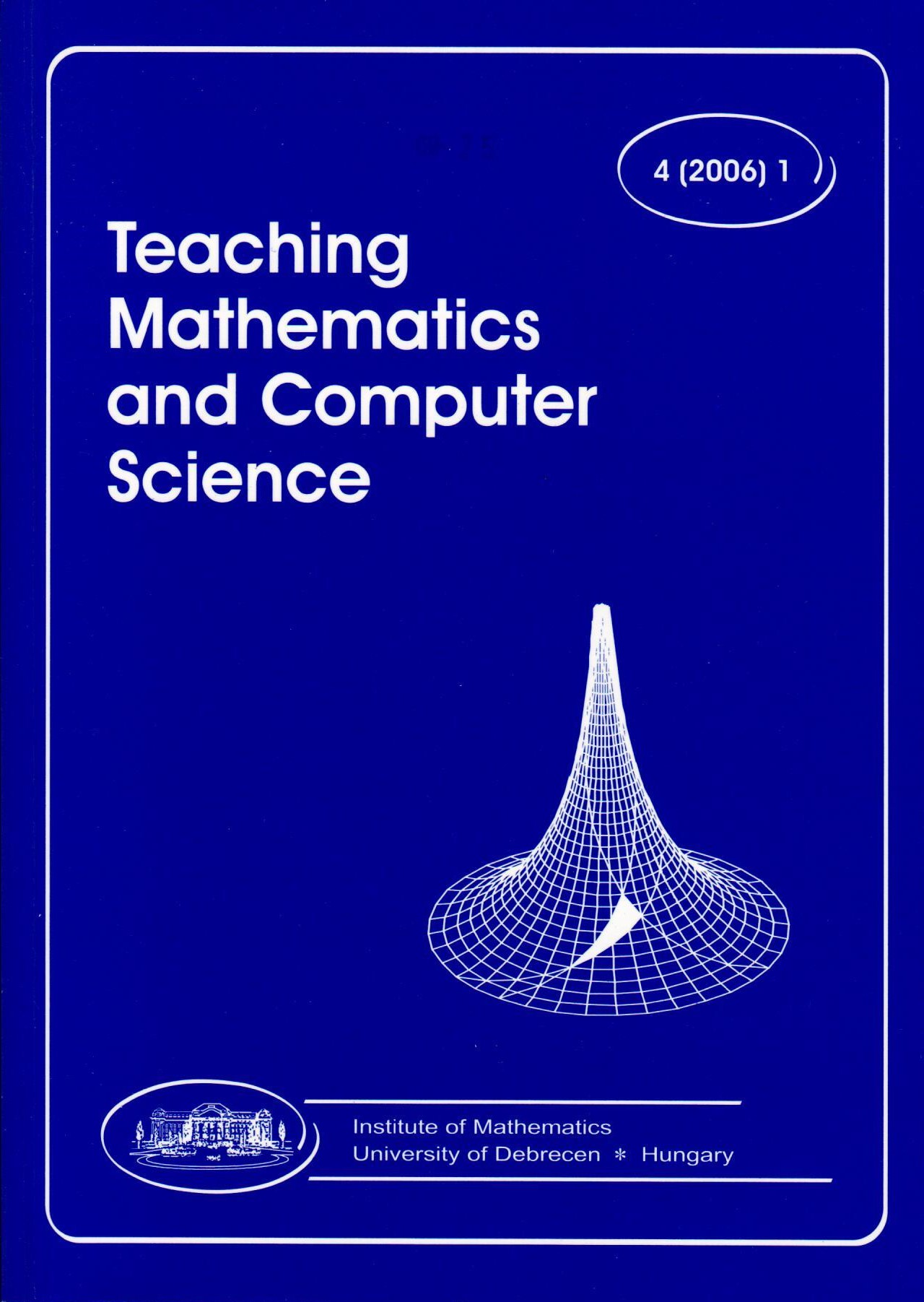Articles
Frequency-based dynamic models for the analysis of English and Hungarian literary works and coursebooks for English as a second language
Published:
2006-06-01
Author
View
Keywords
License
Copyright (c) 2006 Mária Csernoch

This work is licensed under a Creative Commons Attribution 4.0 International License.
How To Cite
Selected Style:
APA
Csernoch, M. (2006). Frequency-based dynamic models for the analysis of English and Hungarian literary works and coursebooks for English as a second language. Teaching Mathematics and Computer Science, 4(1), 53-70. https://doi.org/10.5485/TMCS.2006.0100
Abstract
We examined the characteristics of how word types are introduced in English and Hungarian literary works as well as in English coursebooks written for second language learners. By subdividing the texts into small segments of equal length, we were able to pinpoint subtle changes in the narrative. Based on the frequency of the word types in the original text a model was generated, and applying the model artificial texts were created. By comparing the original and the artificial texts, the places where these changes within the narrative occurred, could be located. Studying coursebooks we found that their vocabulary and how they introduce word types resembled those of randomly collected and concatenated short stories. According to our observations writers of the coursebooks forget that not only should the number of word types be carefully planned, but their repetition, in sufficient number, should also be cared for.

 https://doi.org/10.5485/TMCS.2006.0100
https://doi.org/10.5485/TMCS.2006.0100






